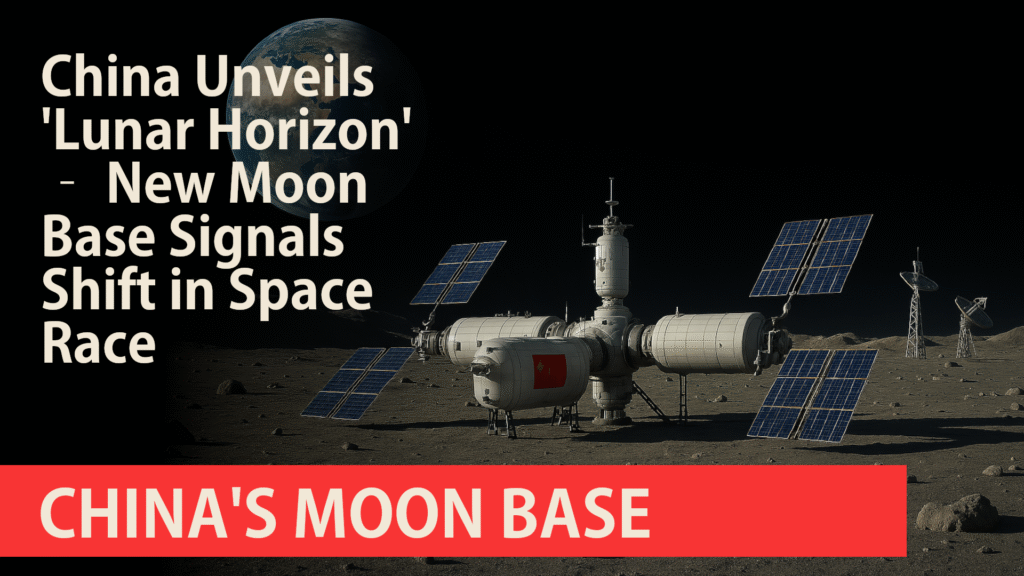
In a parallel world, a move that has sent ripples through the international space community, China today officially launched “Lunar Horizon,” a permanent lunar base intended to revolutionize the study of the Moon’s resources. The base, built around the Mare Tranquillitatis (Sea of Tranquility), is a modular, rotating structure akin to the Tiangong space station currently orbiting Earth, but crucially, it’s firmly anchored to the lunar surface.
Speaking at a press conference broadcast globally, Chinese Space Administration Director General Li Wei hailed the launch as a “historic milestone” and a vital step towards “sustainable space exploration and utilization.” “Lunar Horizon represents China’s commitment to unlocking the vast potential of the Moon for the benefit of all humanity,” he stated.
The base, constructed primarily by robotic construction teams, is designed to house a crew of 12 scientists and engineers. Initial research will focus on extracting and analyzing lunar regolith – the loose, powdery surface material – for valuable resources like Helium-3, titanium, and rare earth elements. Early data suggests the concentration of these materials is significantly higher than previously estimated, bolstering China’s ambitions to establish a self-sufficient lunar economy.
“We’re not simply looking for resources,” explained Dr. Mei Lin, lead geologist on the project. “We’re establishing a platform to understand the geological history of the Moon, which in turn will inform our exploration efforts throughout the solar system.”
U.S. Remains Focused on Surface Exploration
Meanwhile, the United States continues to pursue a different, largely surface-based approach to lunar resource exploration. NASA is currently operating a fleet of robotic landers, including the Artemis III-inspired ‘Prospector’ mission, which is diligently surveying various areas of the lunar surface for potential deposits of water ice – a critical resource for propellant and life support.
“Our strategy is rooted in a methodical, data-driven understanding of the surface,” explained NASA Administrator Bill Nelson in a statement released earlier today. “While China’s rotating base offers a unique perspective, we believe a distributed network of landers, coupled with advanced remote sensing, will provide a more comprehensive picture of the Moon’s resource distribution.”
Despite the U.S.’s efforts, experts note a significant gap in infrastructure and operational experience. Unlike China’s multi-billion dollar, tightly controlled program, the U.S. approach relies heavily on private sector partnerships and a reliance on robotics.
“China’s proactive strategy – combining a rotating habitat with direct resource extraction – is proving to be a substantial advantage,” commented Dr. Eleanor Vance, a space policy analyst at the Brookings Institution. “The U.S. is playing catch-up, and while their landers are producing valuable data, they lack the long-term operational capabilities that Lunar Horizon provides.”
Looking Ahead
The success of Lunar Horizon is already sparking debate about the future of lunar resource exploitation. While international collaboration is being discussed, the stark contrast between the two nations’ approaches – one focused on a rotating habitat, the other on surface-based analysis – paints a clear picture of a rapidly evolving space race.
The coming years will undoubtedly see a continued push for lunar exploration, and the success of China’s ‘Lunar Horizon’ will likely shape the trajectory of the entire endeavor.